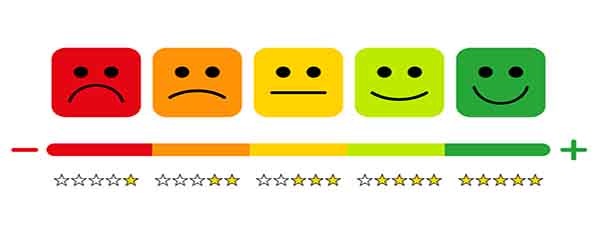Although the U.S. has experienced unprecedented unemployment since the onset of COVID, it remains challenging to find the right candidates for open positions. It is more important than ever for employers to have strong hiring practices that are multifaceted in order to ensure the right candidate is hired. Making the right decision in hiring enhances productivity and directly impacts the bottom line.
In January of 2021 the Society for Human Resource Management reported that the average cost to replace an employee is 6 to 9 months of the employee’s salary. For example, an employee making $60,000 per year would cost $30,000 – $45,000 in recruiting and training costs. More and more, employers are utilizing personality assessments to match candidate capabilities with the job and work environment as one element of their hiring process. Used correctly, the right assessments can:
- Provide insights into how candidates will fit into the workplace.
- Predict how the candidate may behave in a work context or situation.
- Predict job performance and success.
- Assess whether or not the candidate is a fit with the company culture and environment.
A few of the employment assessments that can aide an employer in the hiring process include:
- The Caliper Profile – is an objective assessment that accurately measures a candidate’s personality characteristics and is a scientific pre-employment assessment used to predict the performance of a candidate. The Caliper measures a candidate’s motivations and personality characteristics to help predict their performance in a specific role.
- DISC Assessment – is a personal assessment tool used to help improve teamwork, communication, and productivity in the workplace. This tool can be used to assess how and where the candidate will fit in with the team they will be working with.
- Myers-Briggs Type Indicator – is an introspective self-report questionnaire suggesting differing psychological preferences in how people perceive the world and make decisions. This tool can be useful in assisting employers with hiring decisions.
- Predictive Index – allows employers to evaluate the cognitive abilities and personality traits of a candidate and helps identify the behavioral tendencies to determine if a candidate would fit with the company’s culture.
- SHL Occupational Personality Questionnaire – shows employers how a candidate will fit into the work environment, work with other people, and cope with role-specific job requirements.
Before utilizing any assessment in the hiring process, it is important to ensure there is a well-defined hiring process. This starts with up-to-date job descriptions, performance standards and clear knowledge skills and abilities required to successfully perform the position.
When crafting the job posting, be sure that there is consideration for what is ahead in the business. Is it important that the new hire can grow or learn new skills in the future? Are there strategic initiatives that must be contemplated as part of the selection process? What new skills are necessary to succeed in the post-COVID environment? Once this has been determined, create the job posting and selection process that typically includes defined roles and responsibilities in selecting the new candidate, interview questions, and the criteria decision-makers can use to rate candidate fit. Once a robust process has been defined, it is appropriate to evaluate how personality assessments can augment the process and add a layer of objective input into the decision. Below are a few best practices when using personality assessments to assist in the hiring process:
- Be sure the assessment you are using is a legitimate, fair, and verified assessment.
- Test early in the hiring process – don’t get all the way to the offer stage and then ask a candidate to take an assessment. This can save time and money for the organization.
- Follow the law – avoid discrimination or adverse impact and follow the equal employment opportunity laws .
- Be trained in the results – or get third party assistance to understand the results of any assessment.
Not only does making the right hiring decision increase the likelihood of employee success, it also increases employee engagement throughout the company. When rigor is used in hiring, all employees benefit by sharing the workload with competent coworkers and increasing efficiency and team alignment.

